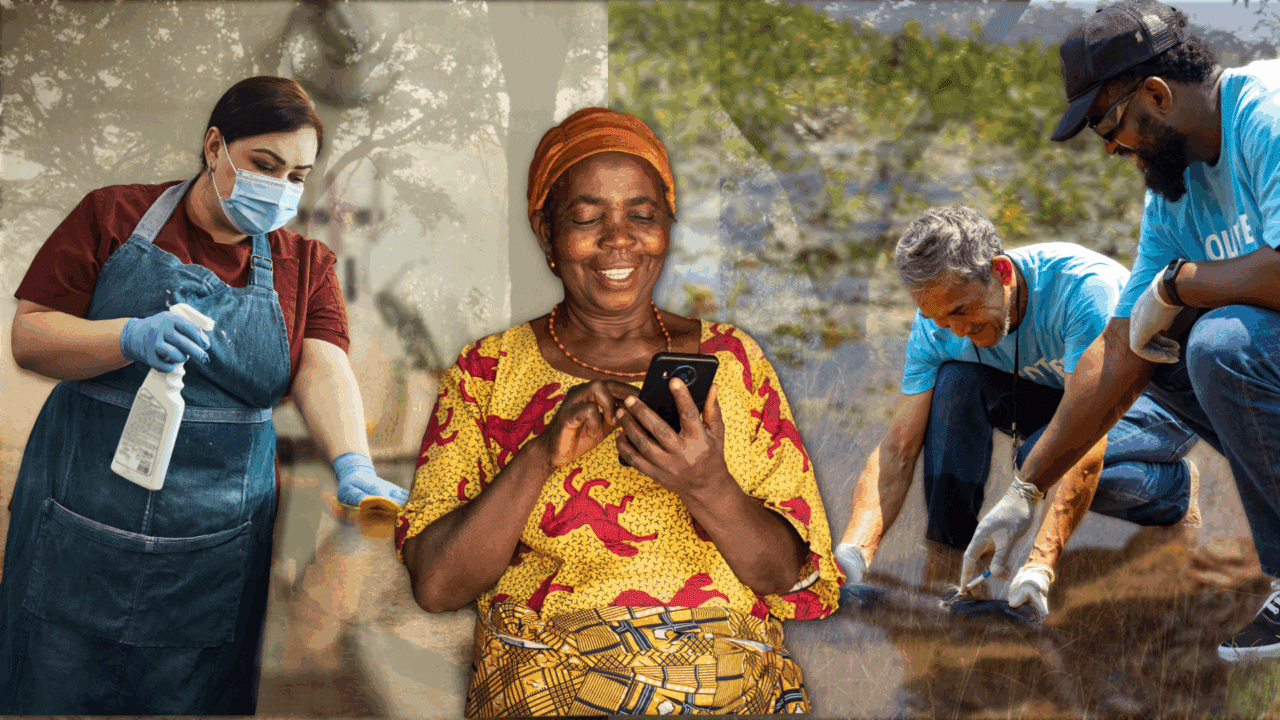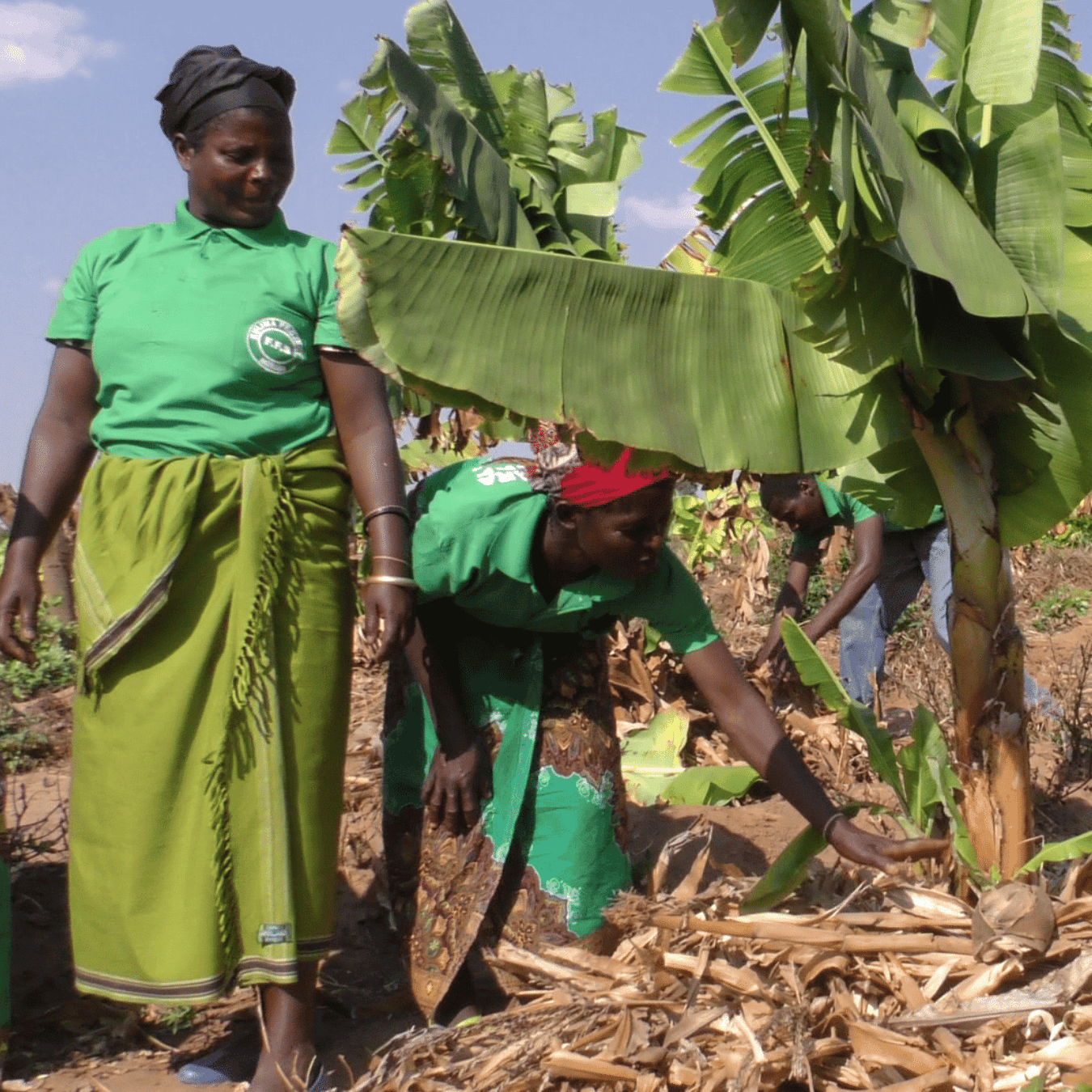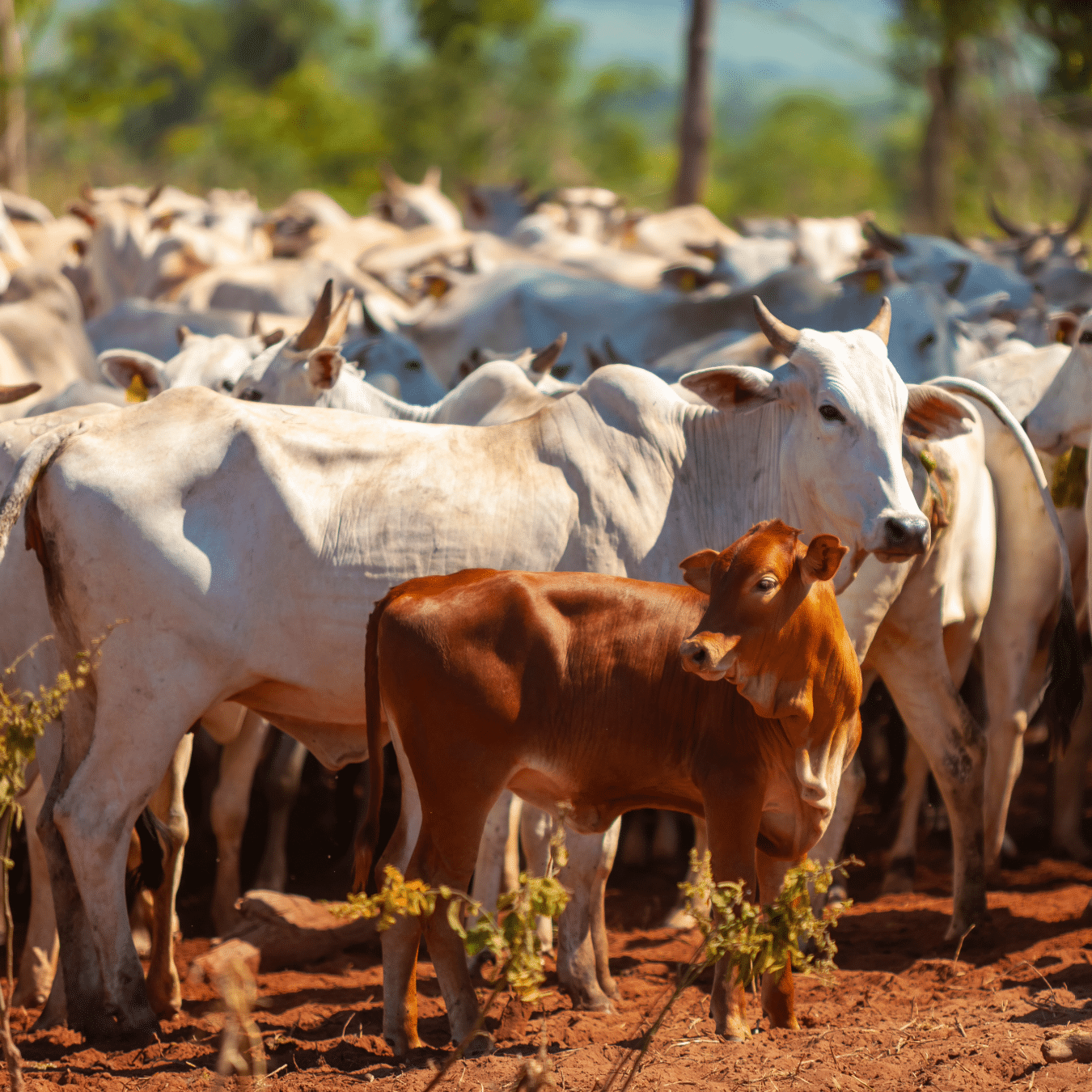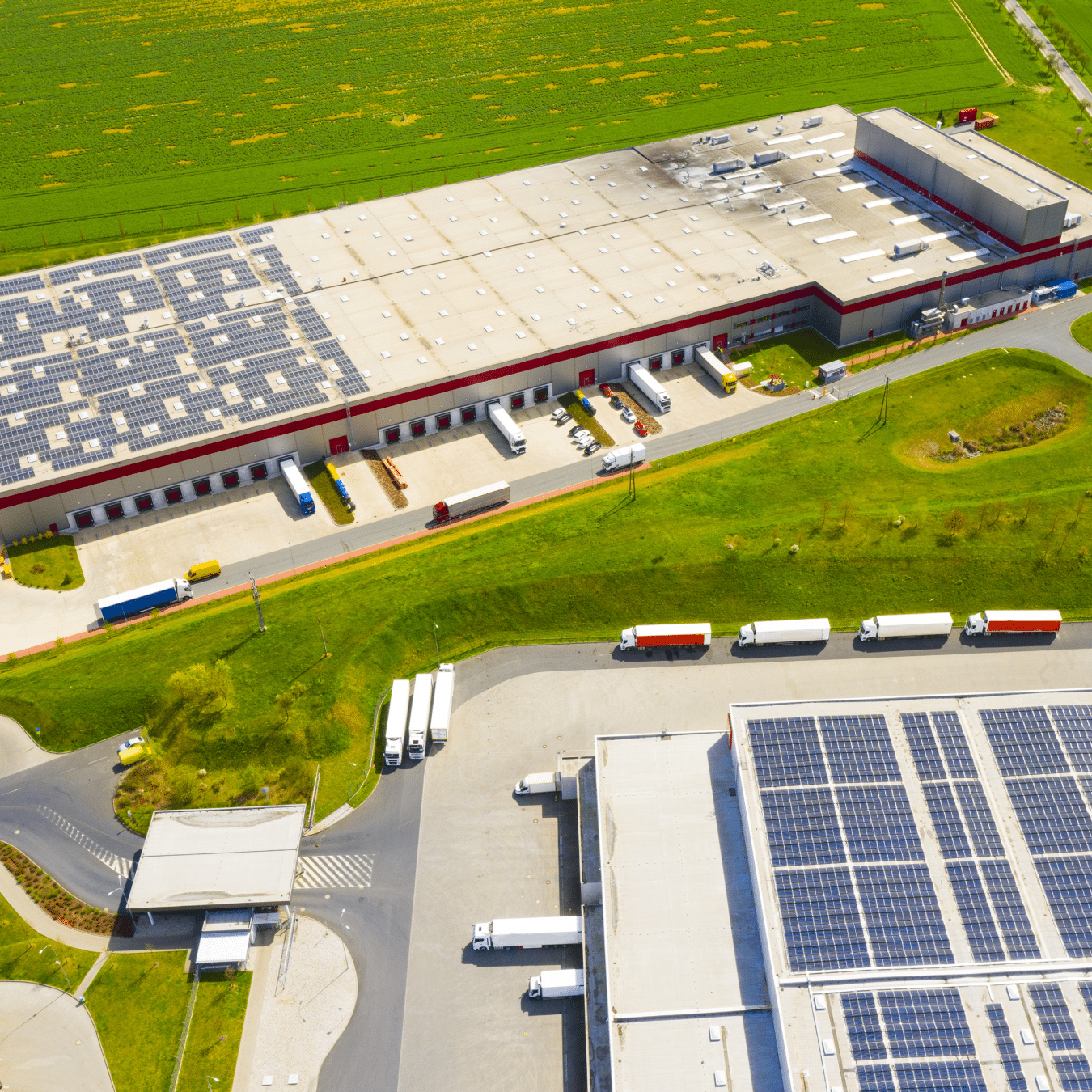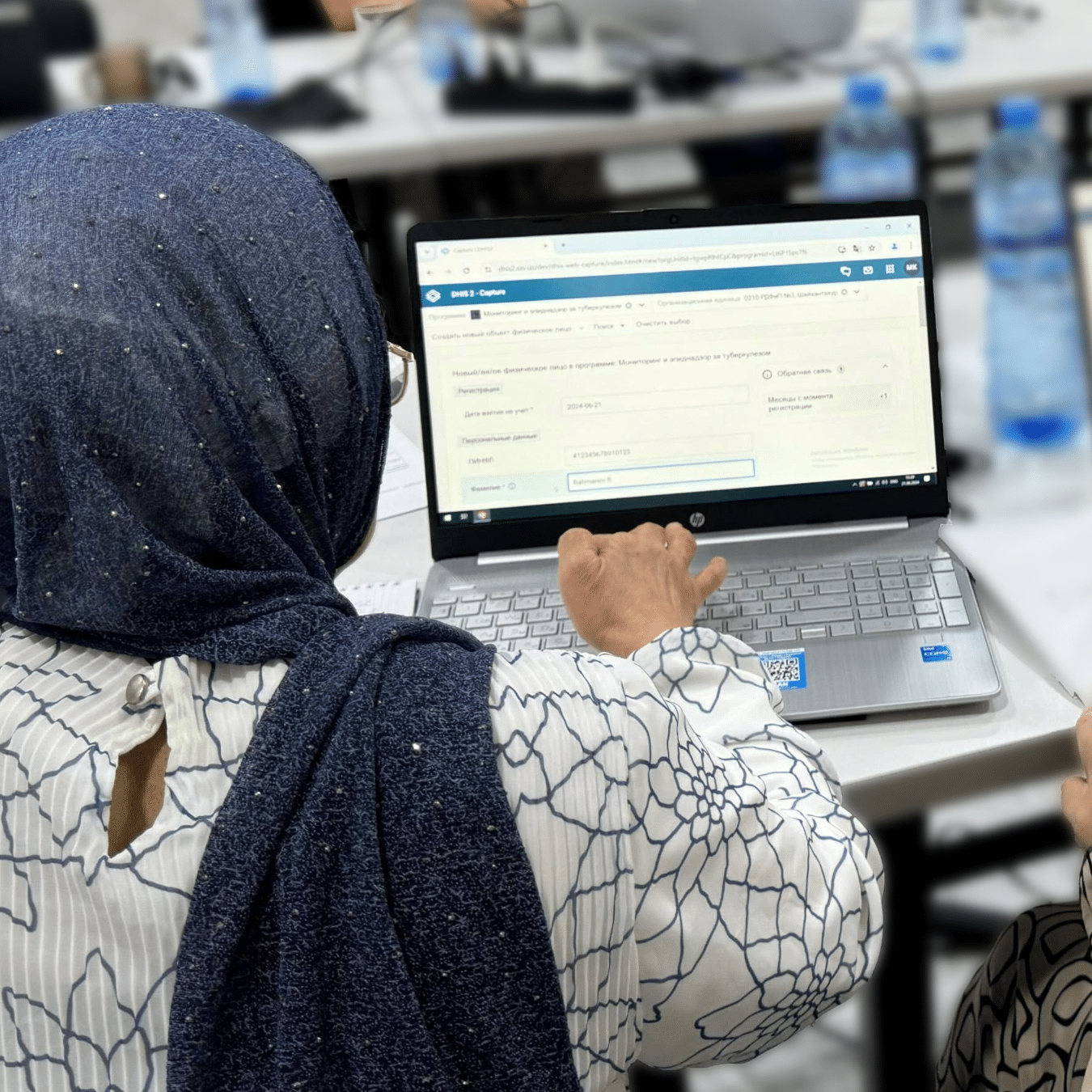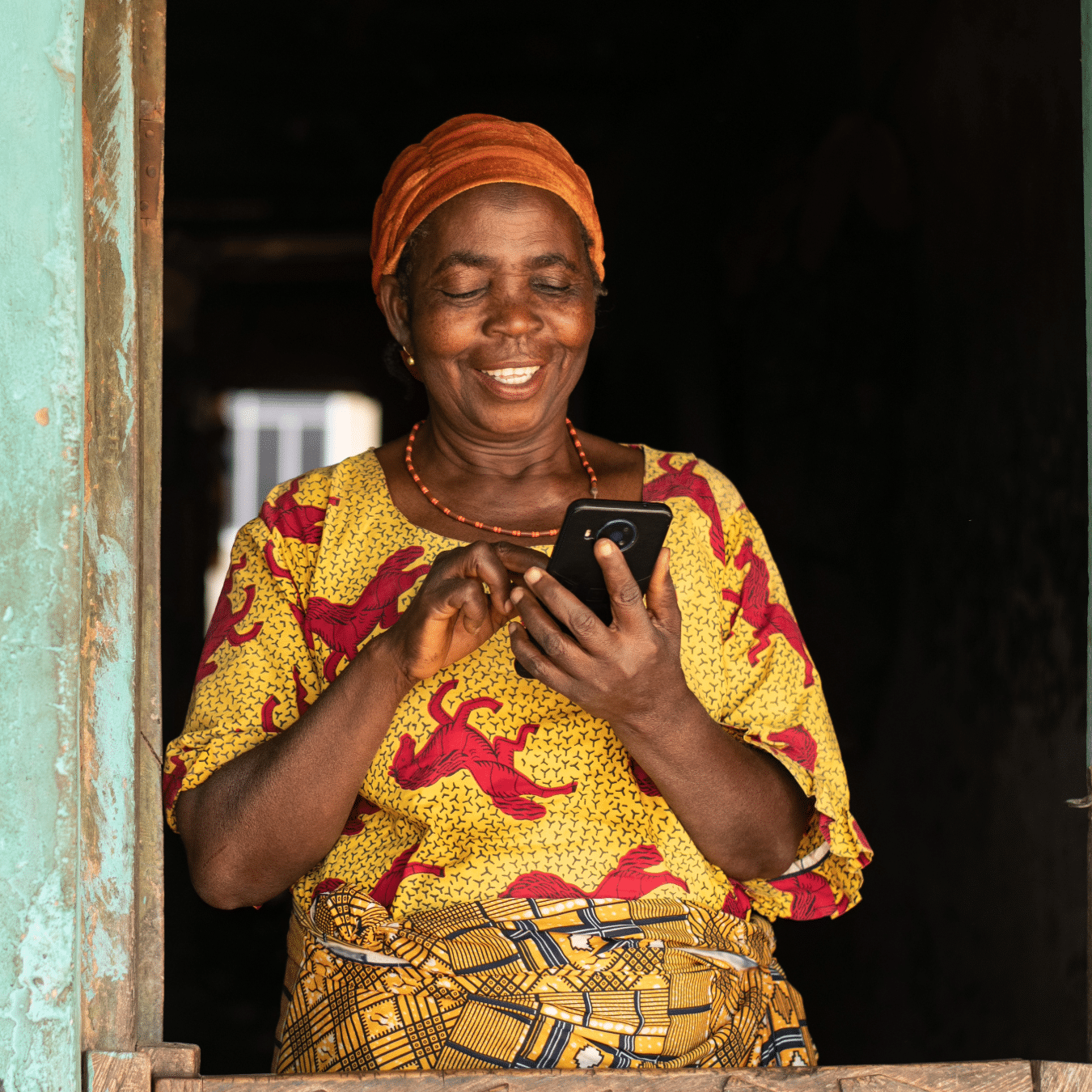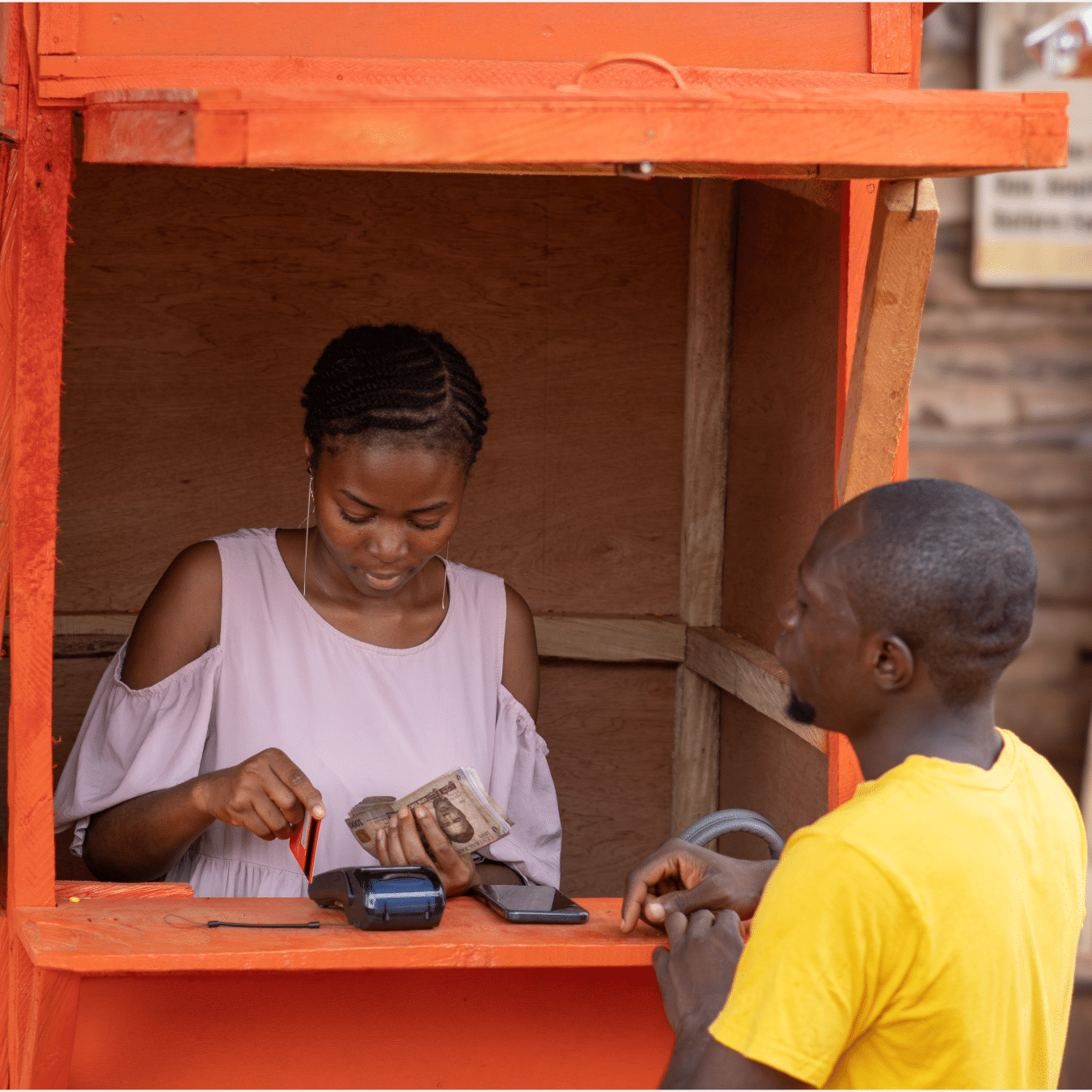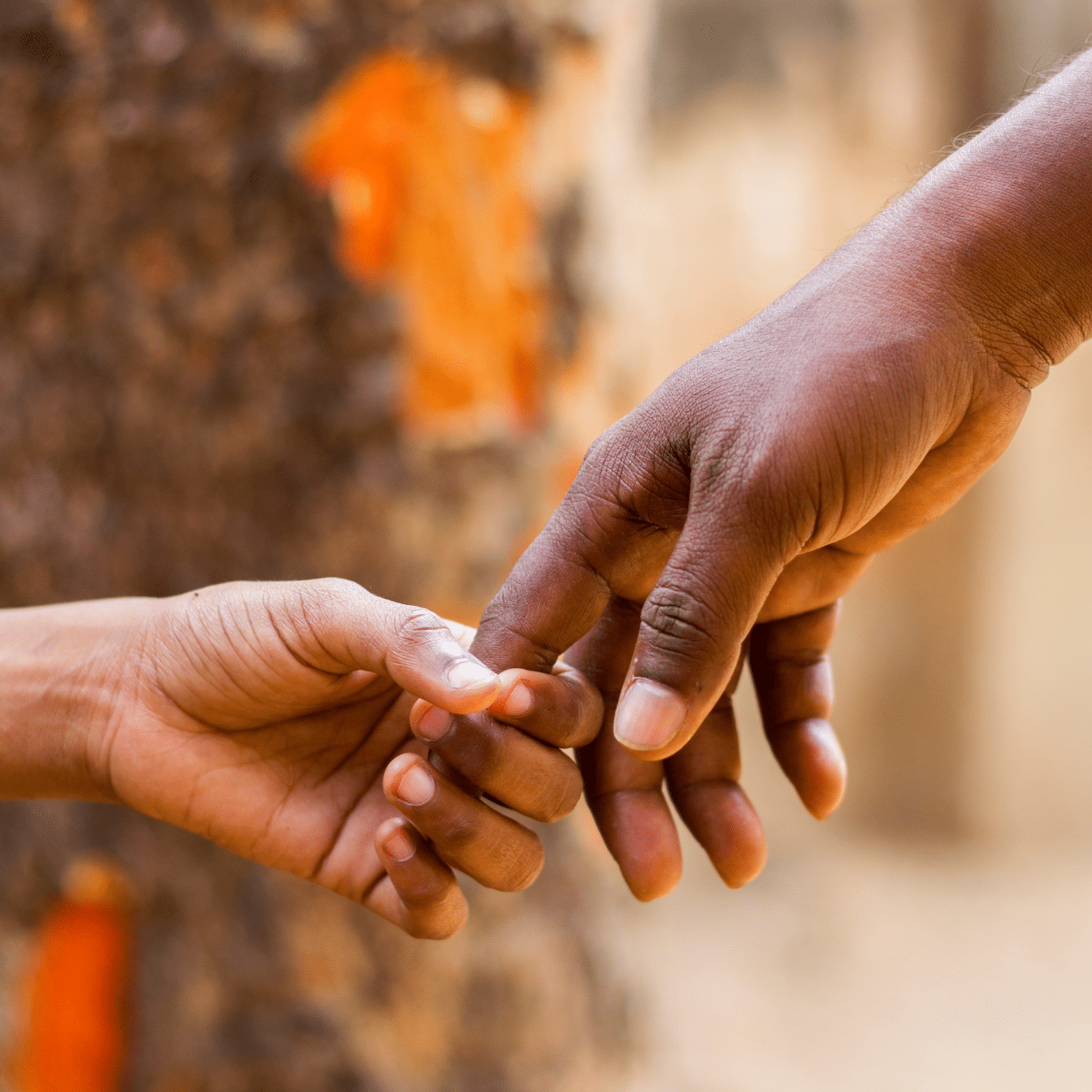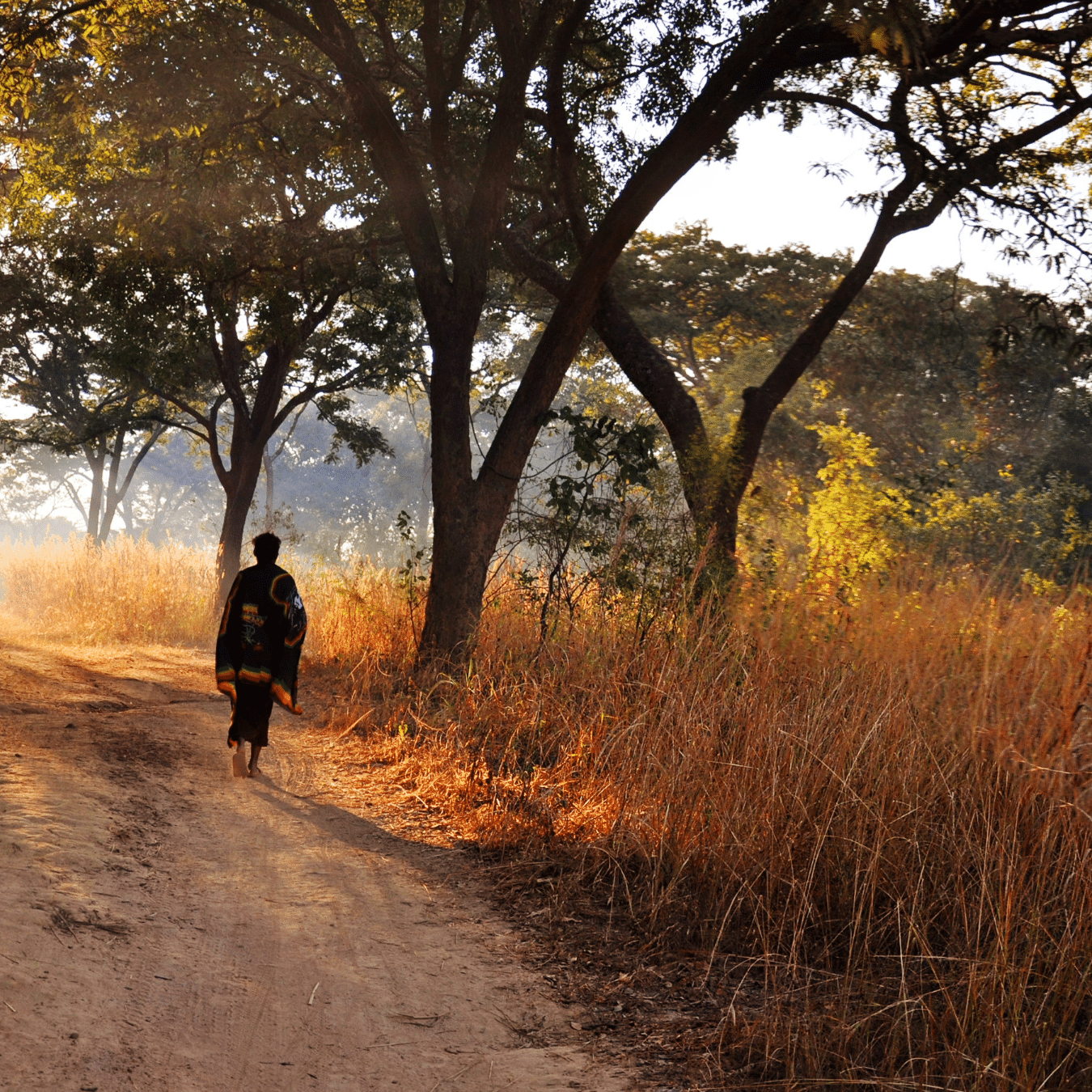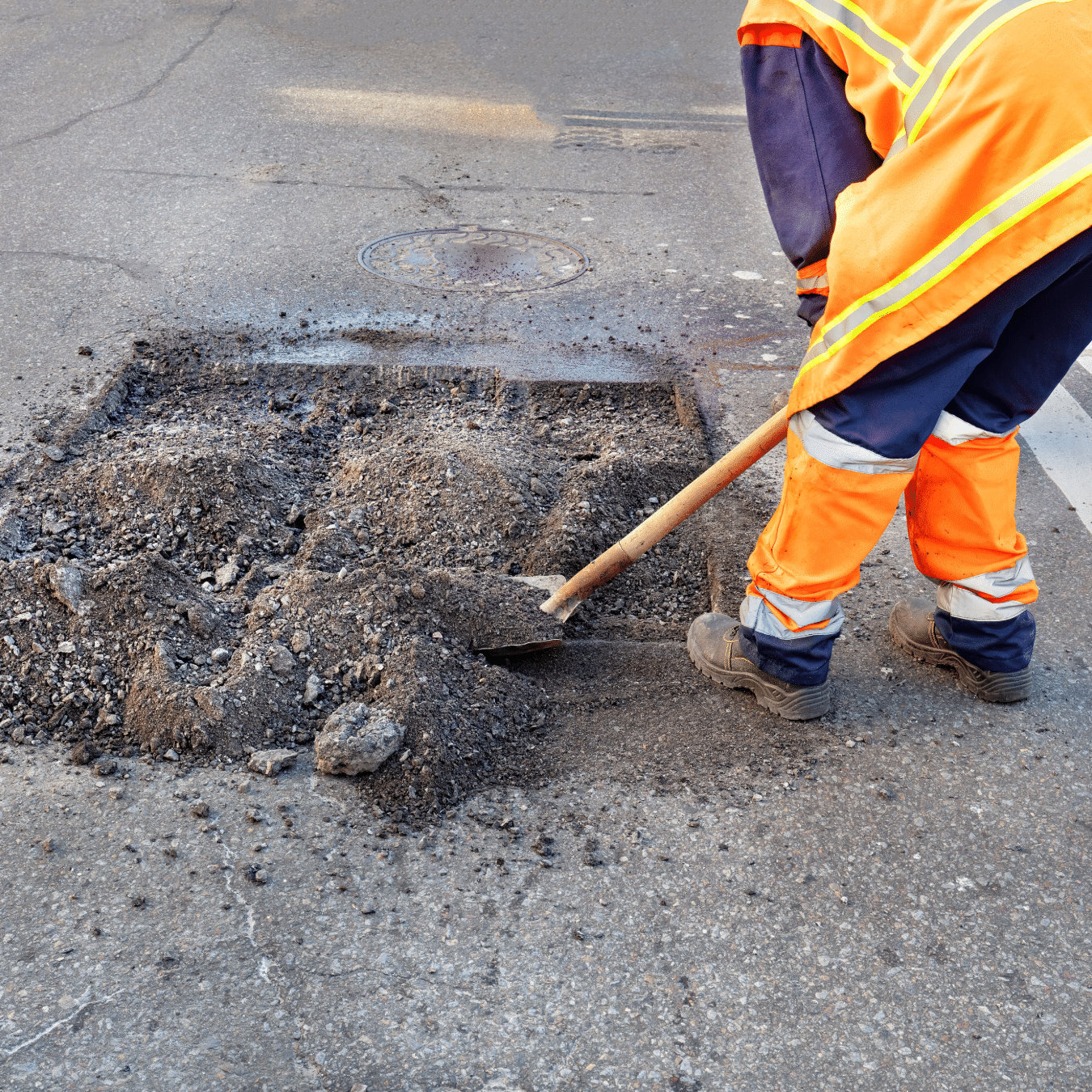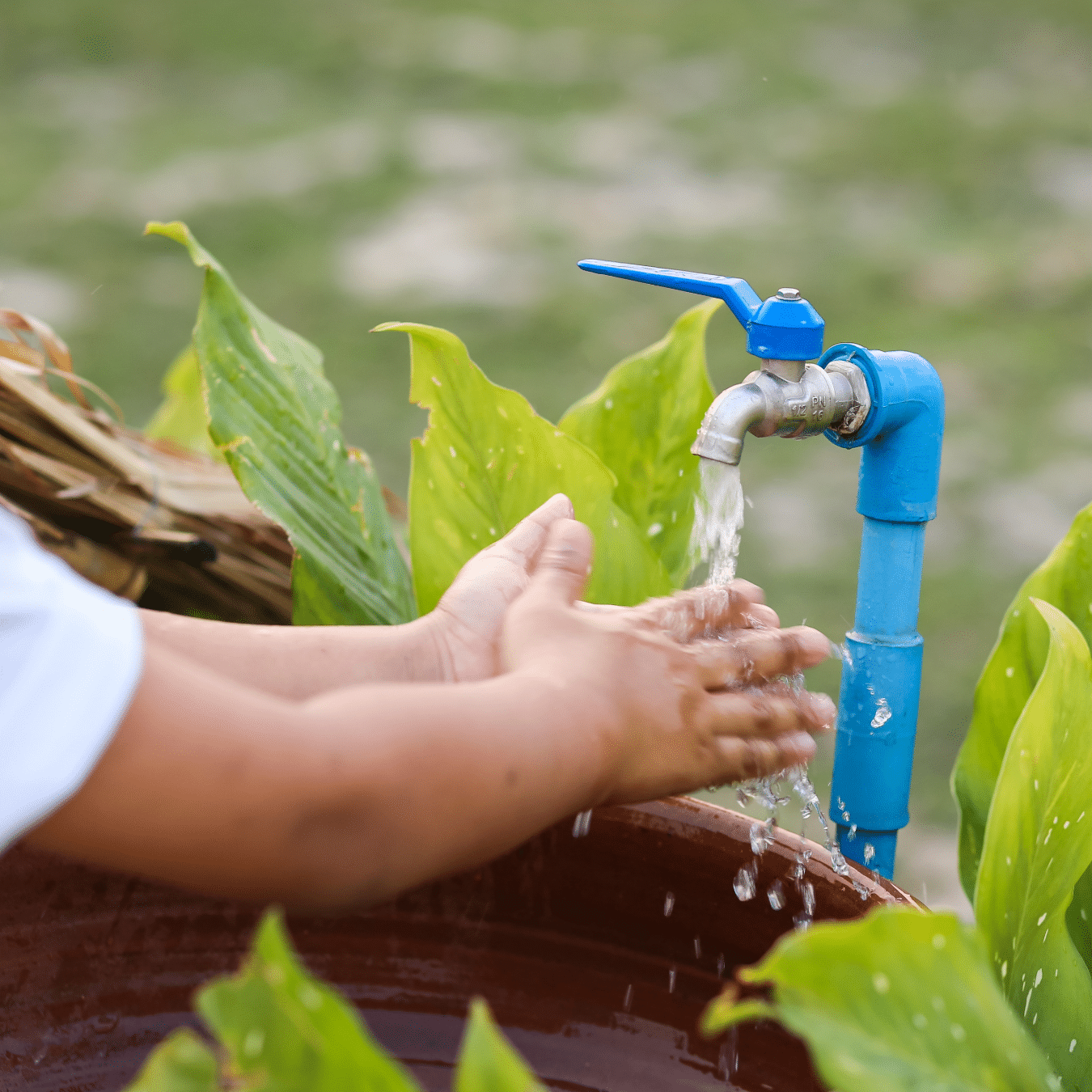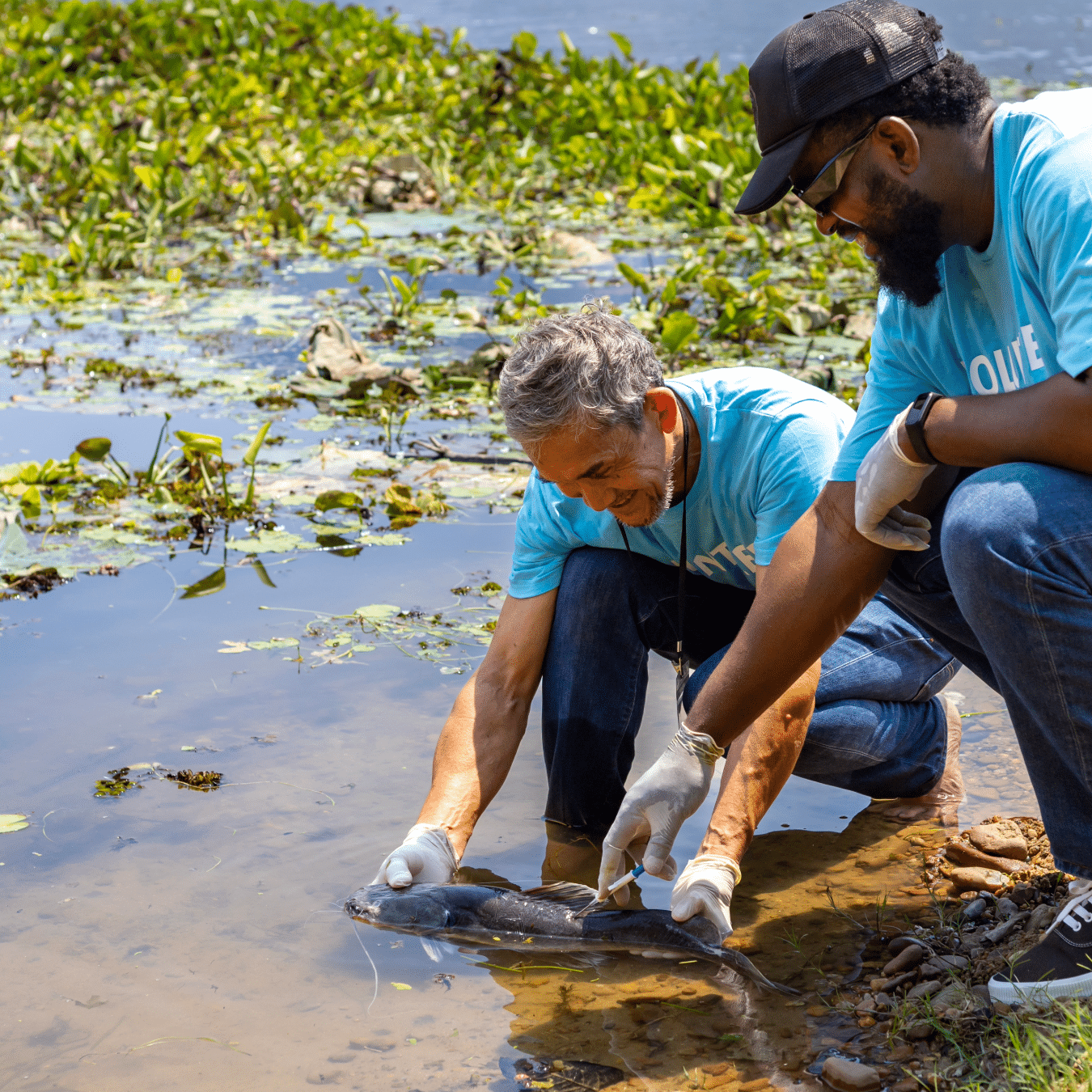DHIS2 has its roots in health. It is the world’s largest health management information system (HMIS) and is used around the globe to monitor health services and disease trends down to the individual level. Many countries also use it to manage health logistics and supply chain data, and are incorporating climate and environmental data to support the emerging field of climate & health.
But DHIS2 is not limited to health data. Its flexible design and adaptable software features for data collection and analysis makes it possible to configure systems for a large variety of programs, helping governments and organizations manage data, improve services, and promote accountability across sectors. DHIS2 can be adapted to monitor performance within any sector, combining routine reporting with targeted indicators to track progress and guide investments. By aligning data models with national priorities, organizations can configure DHIS2 as a flexible monitoring system that supports both day-to-day management and long-term planning.
This versatility has been demonstrated in the education sector, where DHIS2 has become the fastest growing education management information system (EMIS), providing a robust and flexible digital platform at a fraction of the cost of bespoke software.
On this page, you can explore some of the many ways in which countries and organizations are using DHIS2, and perhaps find inspiration for your own DHIS2 project. If you have an example of a use for DHIS2 that is not listed here, we invite you to share it on the Community of Practice.
